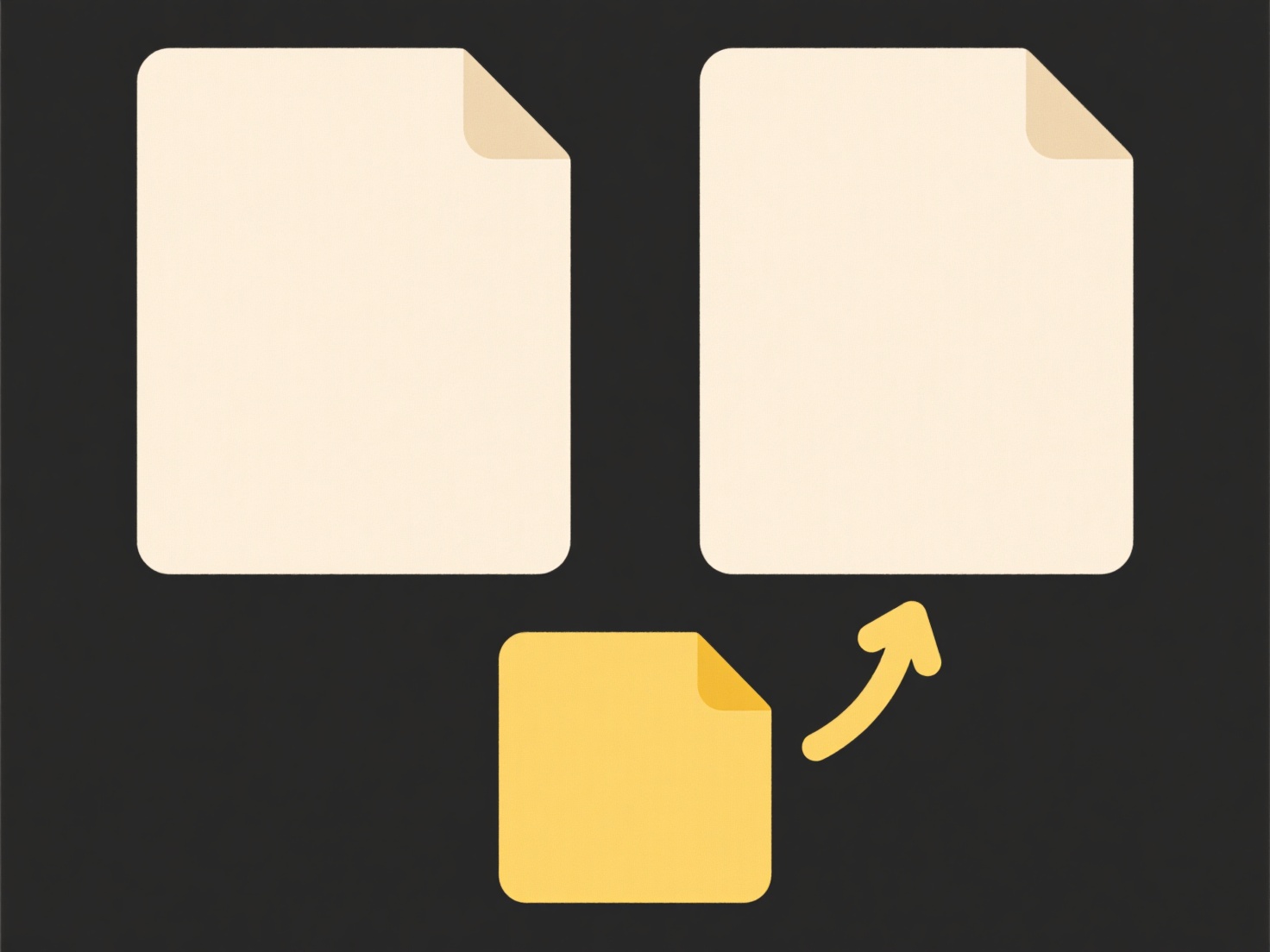
Organizing files for a specific client involves creating a dedicated, structured system to store all documents, communications, and assets related exclusively to that client's projects. This system prioritizes logical grouping and consistent naming, making information easy to locate, share securely with relevant parties, and manage efficiently over time. It differs from personal filing by emphasizing strict separation between clients and often incorporating access controls and version history for better security and accountability.

This approach is critical across numerous service industries. For instance, a law firm might create dedicated folders for each client case, containing subfolders for legal research, correspondence, court filings, and evidence. Similarly, a marketing agency managing a client's website would organize files hierarchically within folders for design assets, content drafts, campaign reports, and analytics data, typically within shared cloud platforms or project management tools like SharePoint, Dropbox Business, or Monday.com.
Effective client file organization enhances efficiency, reduces errors, and builds professionalism by ensuring quick access to current information. It also aids in meeting compliance requirements, such as data protection regulations. However, systems must remain scalable as projects grow in complexity; overly rigid structures can become cumbersome. Investing time upfront to define clear naming conventions and folder hierarchies pays dividends in time saved and improved client service through dependable record-keeping.
How do I organize files for a specific client?
Organizing files for a specific client involves creating a dedicated, structured system to store all documents, communications, and assets related exclusively to that client's projects. This system prioritizes logical grouping and consistent naming, making information easy to locate, share securely with relevant parties, and manage efficiently over time. It differs from personal filing by emphasizing strict separation between clients and often incorporating access controls and version history for better security and accountability.

This approach is critical across numerous service industries. For instance, a law firm might create dedicated folders for each client case, containing subfolders for legal research, correspondence, court filings, and evidence. Similarly, a marketing agency managing a client's website would organize files hierarchically within folders for design assets, content drafts, campaign reports, and analytics data, typically within shared cloud platforms or project management tools like SharePoint, Dropbox Business, or Monday.com.
Effective client file organization enhances efficiency, reduces errors, and builds professionalism by ensuring quick access to current information. It also aids in meeting compliance requirements, such as data protection regulations. However, systems must remain scalable as projects grow in complexity; overly rigid structures can become cumbersome. Investing time upfront to define clear naming conventions and folder hierarchies pays dividends in time saved and improved client service through dependable record-keeping.
Quick Article Links
How do I merge PDF files with similar names?
Merging PDFs with similar filinames means combining multiple PDF documents based on shared patterns or sequences in thei...
What’s the difference between .yaml and .yml?
What’s the difference between .yaml and .yml? Both .yaml and .yml file extensions refer to files containing YAML (YAML ...
How can I include metadata like author or department in the file name?
File name metadata involves embedding key information like author name or department directly into a filename structure....